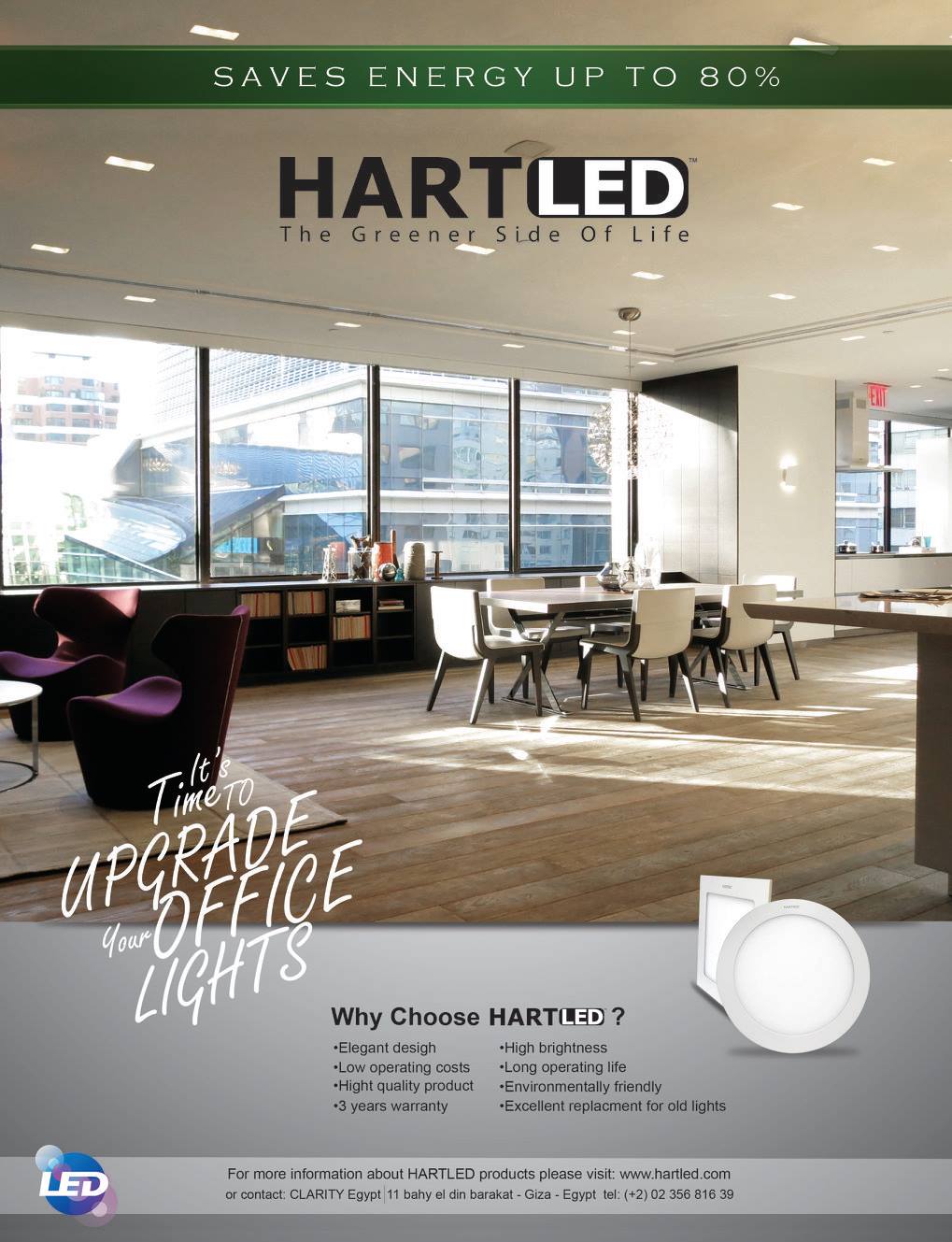With a degree in industrial design, Luca Nichetto began his professional career in 1999. Since then, he has secured himself as one of the most sought-after designers in the industry. His creativity, innovation, and artistic eye recently earned him the prestigious “Interior Innovation Award,” for 2013. FLAIR gets up-close and personal with Nichetto, introducing the creative genius behind some of our favorite designs.
By Hend Seif El Din
![]() Tell me a bit about yourself?
Tell me a bit about yourself?
I was born in 1976 in Venice, where I studied at the Art Institute. Afterwards I attended the University Institute of Architecture of Venice (IUAV), where I earned a degree in Industrial Design. I began my professional career in 1999 by designing my first projects in Murano glass for Salviati. That same year I began my collaboration with Foscarini, for whom I not only designed products, but also worked as a consultant on new materials research and product development (2001–2003). In 2006 I launched my own design firm, Nichetto&Partners, which specializes in industrial design and offers its services as a design consultancy. In 2011 I also opened another professional office in Stockholm,Sweden.
What inspires you…or where do you draw inspiration from?
Most of my work is about daily life objects, so I catch inspiration from daily life needs.
Part of my inspiration comes from my curiosity and the need to constantly understand new technologies and new materials. Another important part comes from my several travels around the world; thanks to them I can meet and understand new cultures and new styles of life.
Checking your collection, you truly have very unique and innovative items, such as the Golconda lamp, the Vader lamp, the Plinto hybrid, and the Fool on the Hill…how do you come up with these brilliant designs?
Each product has is own story. Vader, for example, was born following the aim of research, before the collaboration with David Design. It comes out of the wish to experiment with the possibilities of traditional ceramics productions–thanks to the knowledge of craftsmanship–in a modern design project. Vader is also the result of a research project, concerned with the different ways ceramic production, starting from the little handmade production up to highly engineered industrial omes.
The Plinto form was inspired by the parallel, pipe-shaped blocks of concrete frequently used on construction sites but also recalls, as its name explicitly indicates, the plinth that serves as a column base in Greco-Roman architecture. Aside from being stackable and usable–both indoors and outdoors–Plinto also has a built-in handle that allows it to be easily moved from one place to another.
Tell me about some of the companies you’ve collaborated with?
I had many important collaborations with furniture producers.
One of them is the relationship that was born between me, Offecct (a Swedish company) and the Italian supplier; we worked together to create the Robo chair. All the three characters of this story can surely say they learned something from one another. We developed an innovative product, inventing a new production technology, pushing it to its limit. It’s been very hard, but also very important for my experience.
Another relationship I like to talk about is quite new. I’m talking about Cassina; I like this company very much, because it’s a living part of Design History with its long-lasting experience. Working with a company like Cassina is a real pleasure because everyone in it has a real respect for designers’ work and has the skills to help designers improve and develop his/her ideas or concepts.
![]()
![]()
Do you enjoy collaborations, or do you prefer to fly solo?
I do like collaborations because is a good way to share knowledge and learn something new from other people.
Talk to me about “Das Haus “ installation, which will take place in Cologne. How do you plan to design it?
When I was working on the “Das Haus” design I had Californian modernist architecture my mind, as well as the works of the Japanese masters and the buildings of Carlo Scarpa. In all these works I see the constant presence of nature flanked by architecture. In contrast, our living culture normally identifies nature with “outside” and the dwelling with “inside.”
The idea behind “Das Haus 2013” is an experiment on what living with nature might look like. It dispenses almost entirely with closed walls so as to emphasis the concept of merging the “inside” with the “outside.” The living area forms the heart of “Das Haus”; it’s central and not just metaphorically speaking. All the other rooms are connected with this heart. The entire central living area is surrounded by nature, the presence of which delimits the space without the dividing line becoming a wall.
We can’t all live in a natural idyll, in wooden buildings and eco-developments on the outskirts of the city. In order to change our living culture, we have to find small-scale solutions that are transferable to different countries, to a different climate, and to structures with different degrees of urbanization. Even in a small apartment, integrating nature and plants can enrich the way of life.
The interiors are decorated with products designed by me throughout my career, as well as products created by friends and colleagues of mine, along with icons conceived by the masters of design. ”Das Haus” will feature also some new products that I designed for several companies, namely Bosa, Casamania, Cassina, De Padova, MGLAB, Nodus, One Nordic Furniture Company and Petite Friture.
![]()
Tell me more about the “Lepel” for Casamania, which earned you the “Interior Innovation Award” 2013. How did it come about, and what inspired it?
The project stems from the desire to collaborate with Casamania to create an effective product from different points of view. Notoriously a chair, when packed, takes up much more space than its actual volume. You pack a seat, a backrest, the feet and sometimes the armrests…and lots of air, too. This means oversized storage spaces and uncomfortable shipments, not respectful to nature.
Lepel starts from these considerations and develops the idea of having the ability to store and ship a chair into separate and stackable parts; two different backrests for a single chair. Each backrest is stackable with others. The same goes for the seat. Chair and armchair, both upholstered and covered with fabric, have the same aesthetic philosophy, optimizing the production of molds.



